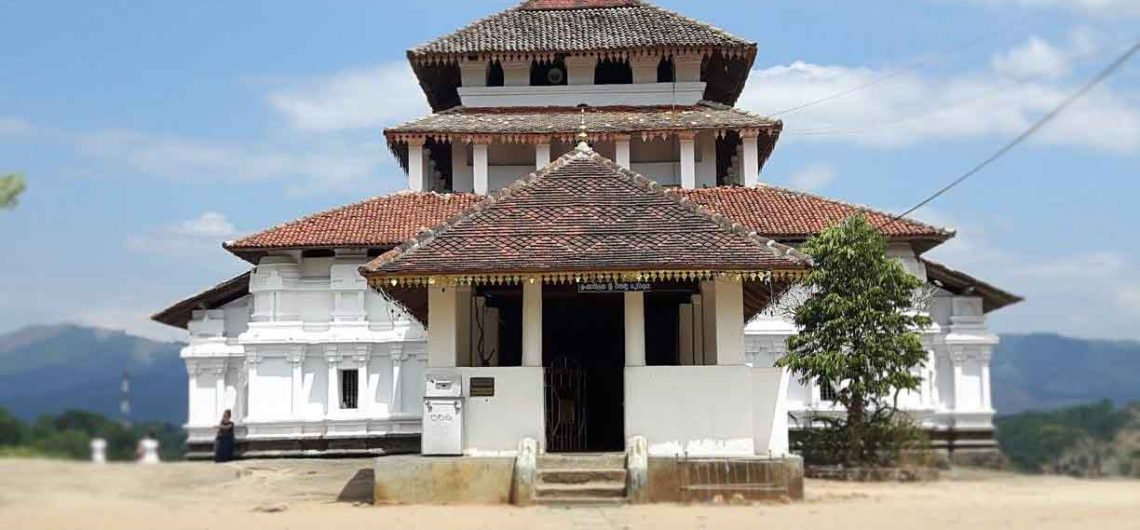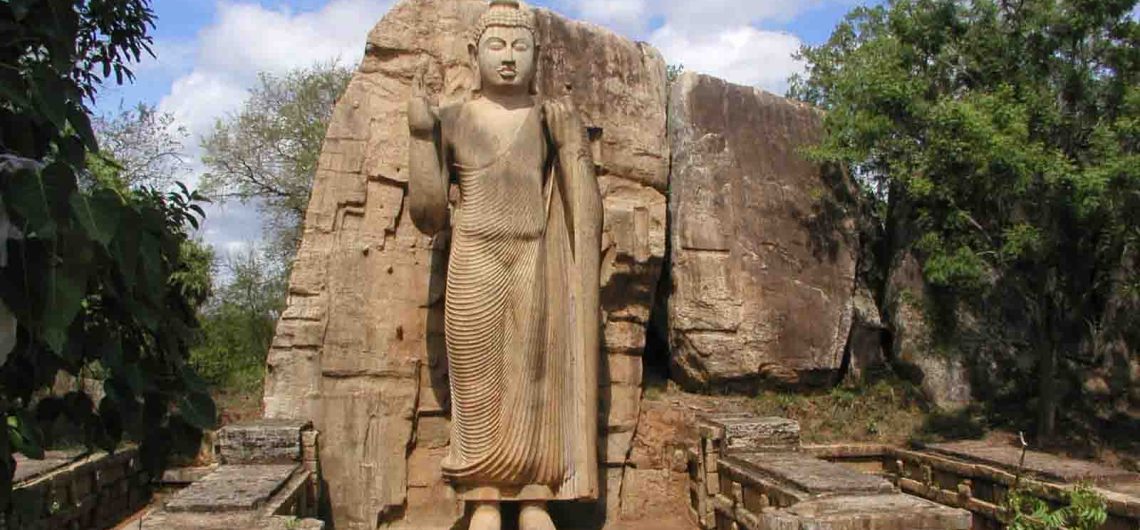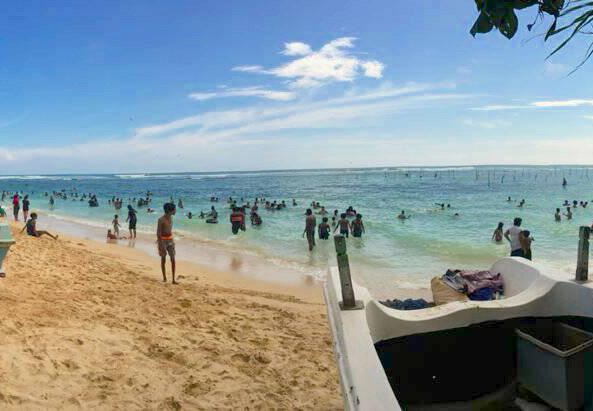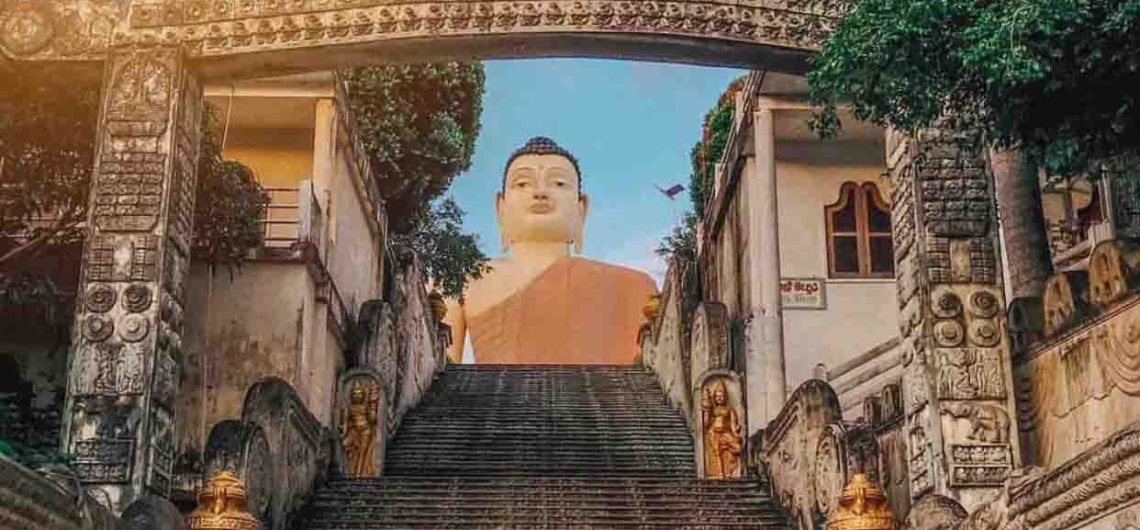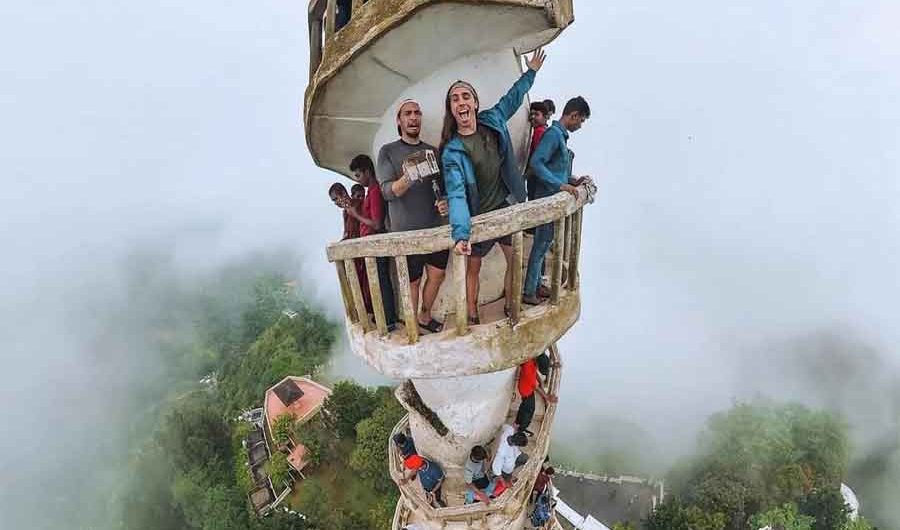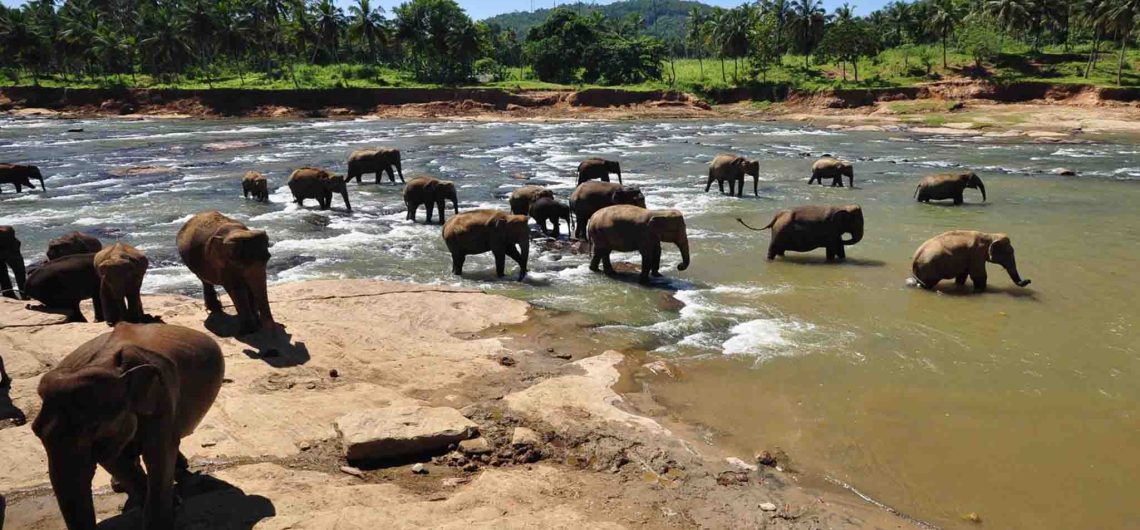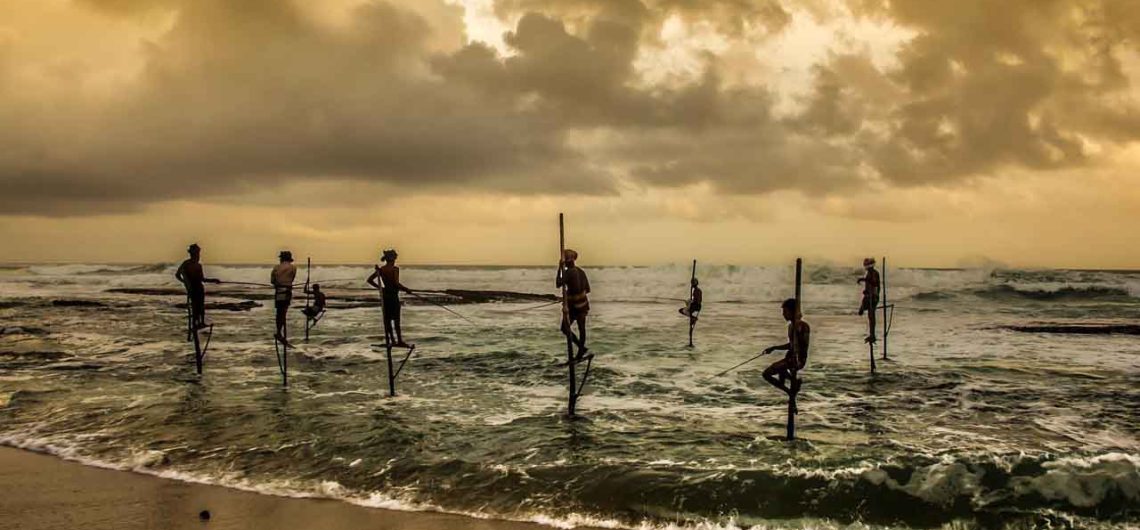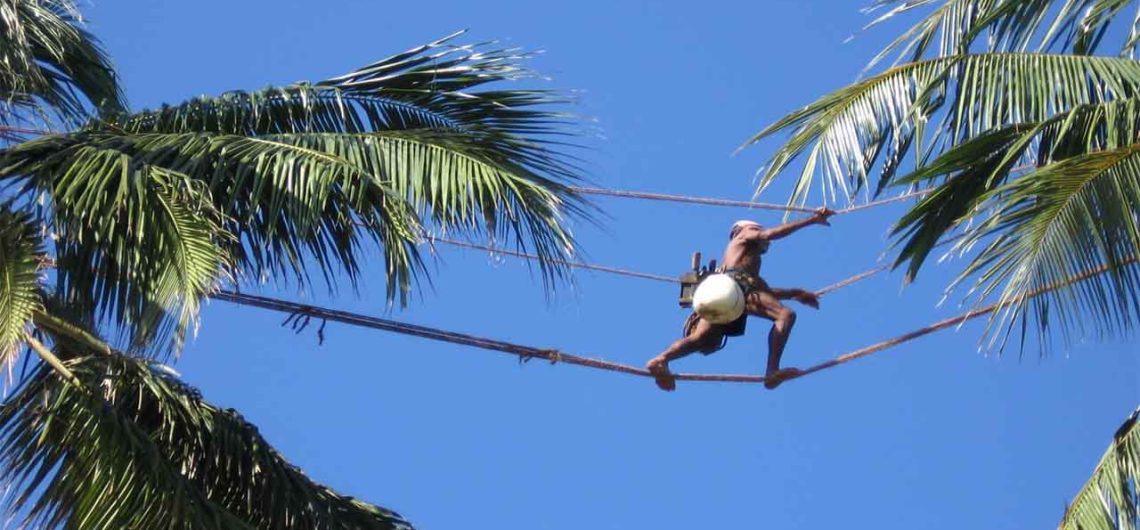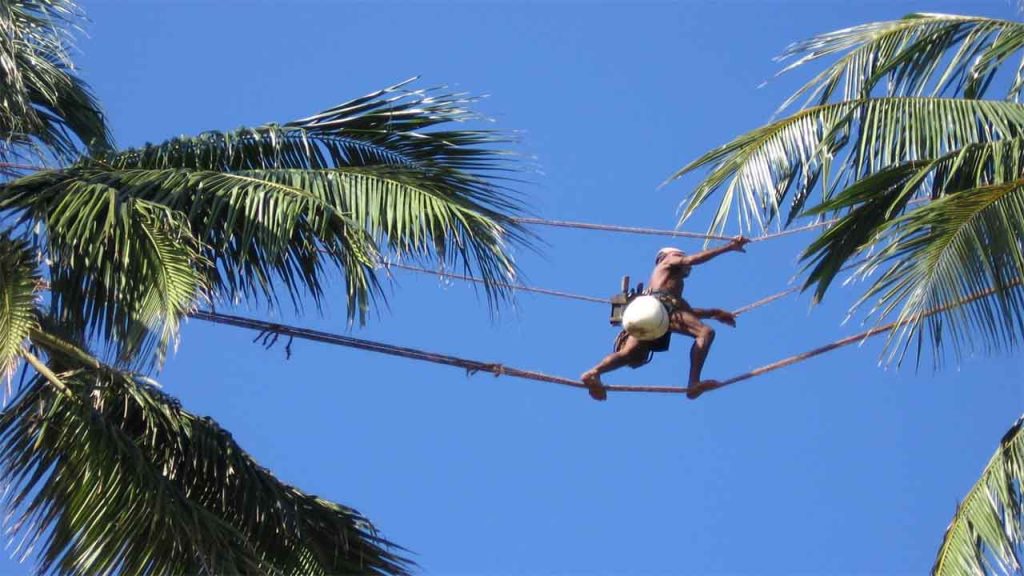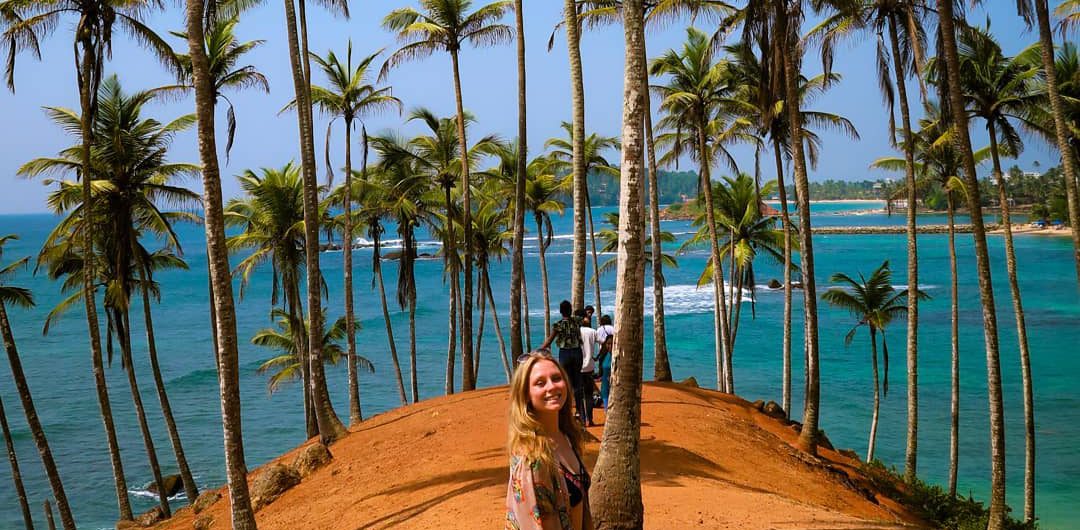Lankathilaka Vihara, located in Hiyarapitiya, Kandy, Sri Lanka, is a historical temple that attracts tourists from all around the world. The temple was built during the Gampola period, which lasted from 1341 to 1408, and it stands as a testimony to the architectural ingenuity of the ancient Sri Lankan craftsmen.
The temple was constructed by King Buwanekabahu IV and is renowned for its unique architectural style, which blends the South Indian Dravidian style and the Sinhalese architectural style. The temple is believed to have been built on a giant rock, which was said to have been the foundation of the entire temple.
The main shrine of Lankathilaka Vihara is believed to have housed a statue of Buddha, but it has been destroyed over time. Nevertheless, the temple still houses many other Buddha statues, which are of great religious significance to the local people. In addition, the temple also has several stone inscriptions that provide valuable insights into the history of Sri Lanka.
One of the most notable features of the temple is its massive size, with the temple’s central tower standing at a towering height of 80 feet. The tower is decorated with intricate carvings and sculptures that depict various aspects of the Buddhist religion. The temple’s walls are also adorned with beautiful paintings, which are believed to date back to the Kandyan period.
The Lankathilaka Vihara is a testament to the ancient Sri Lankan civilization’s remarkable architectural and artistic achievements. The temple’s unique style and grandeur make it a must-visit destination for anyone interested in Sri Lankan culture and history. Visitors to the temple can experience the spiritual essence of the Buddhist religion, and the temple’s serene atmosphere provides a peaceful escape from the hustle and bustle of everyday life.
In conclusion, Lankathilaka Vihara is a stunning temple that is sure to captivate anyone who visits it. Its unique architectural style, intricate carvings, and beautiful paintings provide valuable insights into the ancient Sri Lankan civilization’s artistic and cultural achievements. For anyone interested in history, art, and religion, a visit to Lankathilaka Vihara is an experience not to be missed.
.
.
(Cover Image Credit: Nayana De Silva)

